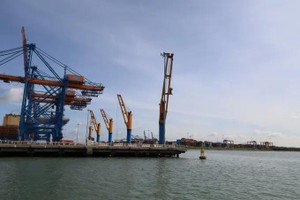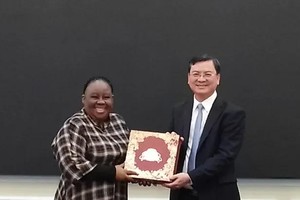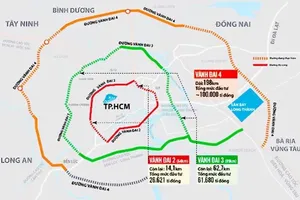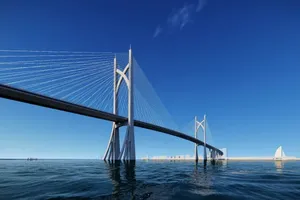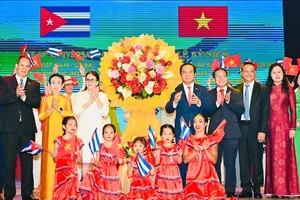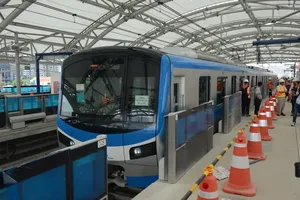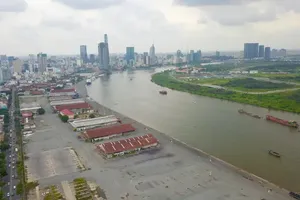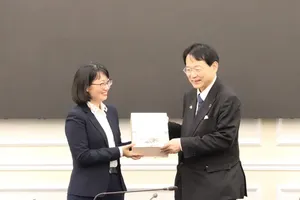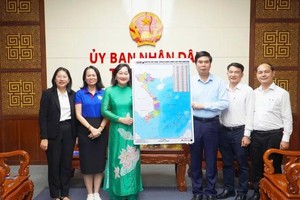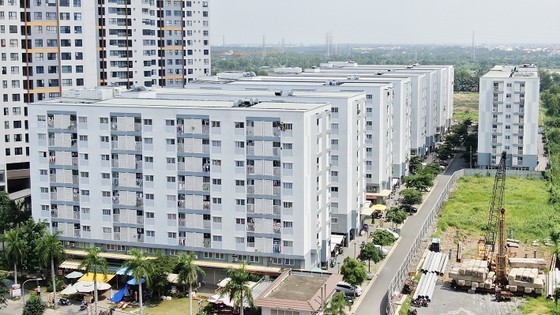 |
The social housing project Ehome S at Mizuki Park urban area, sited in Binh Hung Commune of Binh Chanh District. (Photo: SGGP) |
A close look at three typical districts representing the three development stages of Ho Chi Minh City (District 4 before Doi Moi (‘renovation’) period, Go Vap District in the 1990-2000 period, and Hoc Mon District in the last few years) reveals a series of inadequacies such as tightly packed houses, limited traffic space (mostly small alleys), extremely restrict land for public facilities.
This kind of urban structure only suits the use of two-wheel vehicles and low living standards. Even with the current policy to expand the width of alleys throughout the city, it is nearly impossible to tackle traffic congestion trouble and low-quality accommodation.
The future of HCMC then depends on the determination of the municipal authorities in introducing policies for more logical structure renovation and the cooperation of city dwellers in adopting them. If residents are still happy with the existing urban structure filled with hard-to-upgrade houses as to traffic facilities and common space, then the current situation will last much longer; alternatively, when opting for living in high-rise buildings with corresponding utilities, the city might see a brighter future.
For instance, instead of allocating one square kilometer for 11,000 houses in District 4, each of which has 2-3 floors, a vertical housing structure with 10 floors could save two-thirds of that surface area for traffic infrastructure and green space, common space. HCMC will then become more environmentally friendly and modern just like Singapore, Seoul, Tokyo.
Restructuring the urban development form of HCMC from private houses and traffic mostly for two-wheel vehicles to high-rise accommodation and public transport should be a focus of the city in preparing its master planning. otherwise, it is nearly impossible for HCMC to become a modern one with high living standards that can compete with its counterparts in the region.
It is worth learning from the experience of neighboring cities successful in transforming themselves to their better versions. Singapore during the 1960s introduced its accommodation strategy and a series of policies for private as well as apartment housing construction to ensure sufficient common and green space. The result is 80 percent of its population now staying in high-rise buildings with high-quality utilities. Other similar cases could be seen in the Republic of Korea or China, where most dwellers now happily live in apartments to save land for public facilities like traffic systems (public transport) and parks.
It seems that the current urban accommodation form will still exist for a long time. Without reasonable policies, the form could even spread to new urban areas as well. To minimize that inadequate form, the city should encourage its residents to choose apartment living and limit the growth of new private houses, especially in places where there is a risk of informal development.

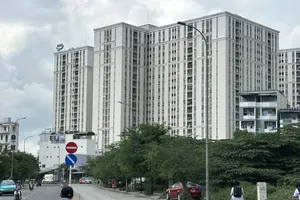
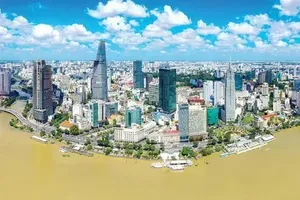

)

